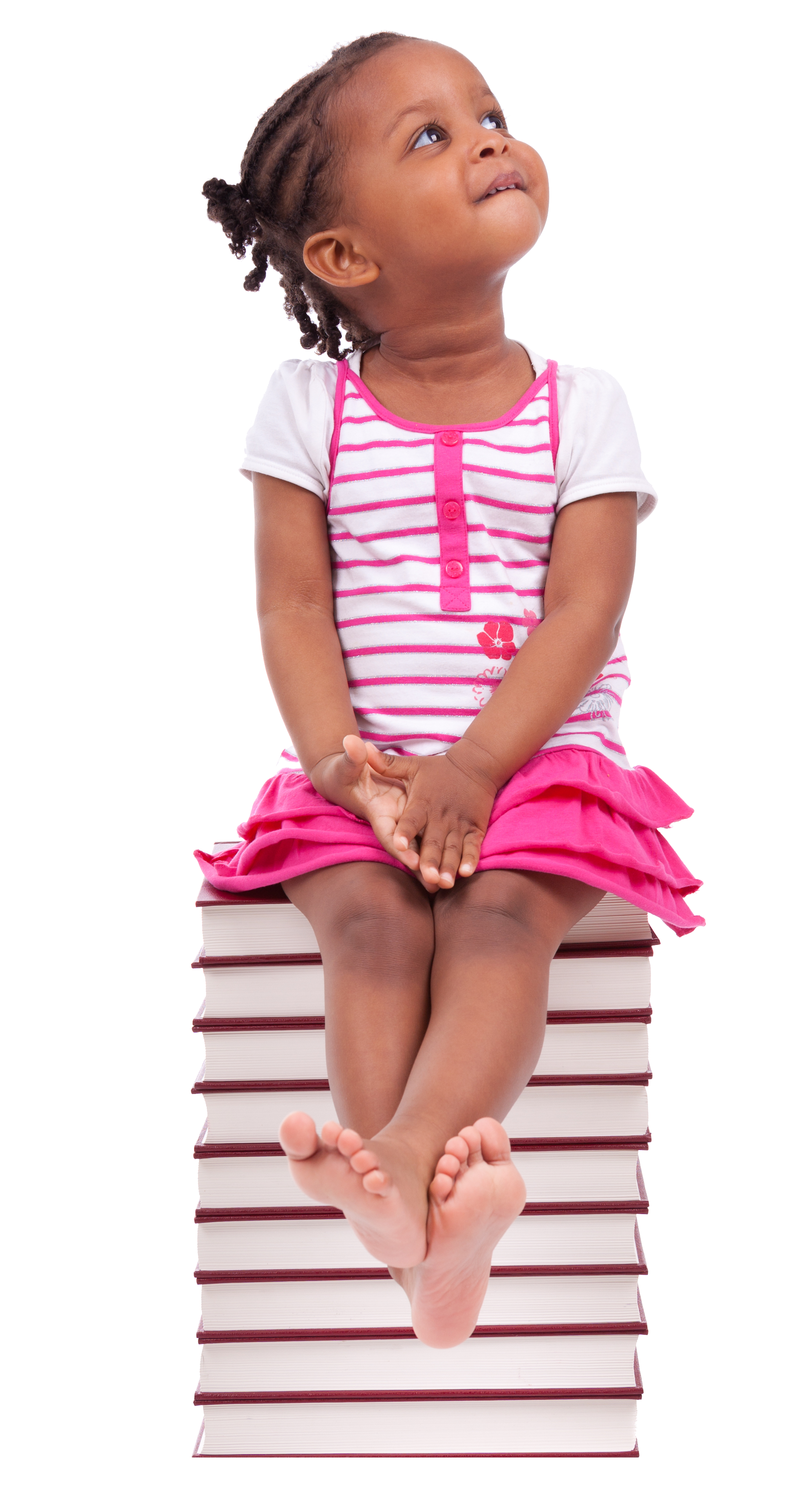DAP 2: Planning and Implementation
Overview
High-quality early education programs identify each individual child’s needs, interests, and abilities through ongoing observations and assessments, to create learning experiences to support their growth and development. High-quality programs work with families to serve each and every child, including children with disabilities and children with special health care needs.
Take a moment to reflect on your lesson planning process. You know the children in your program very well through your interactions with them, observations and assessments. How do you use that knowledge in planning activities? How do you make sure that each child’s individual needs are met? This subcategory provides the opportunity to think about and explain the process for planning activities and learning experiences for children.
Requirement
Level 5:
Lesson plans include developmentally appropriate content-area-based activities reflective of children’s interests and skills, address the developmental needs of each and every child, are informed by ongoing assessments and observations, are informed by information gained from families about their children and include information from an Individualized Family Service Plan (IFSP) or an Individualized Education Program (IEP).
Documentation to upload:
- Statement describing the methodology for planning learning activities and how instruction is routinely modified based upon current student assessment
- Lesson plan for each Pre-K classroom
Build a Statement
Develop a statement about your program’s methodology for planning learning experiences for children. The Reflection Questions below will help you capture what is done in the program. Upon reflection, you are ready to build your statement.
Reflection Questions
- What is the program’s process for developing lesson plans?
- What are some examples of activities used in the program that address the different content areas?
- How does the program ensure that the lesson plans reflect the children’s interests?
- How does the program ensure that the lesson plans reflect the children’s skills?
- How does the program ensure that the lesson plans address the developmental needs of each child?
- How are ongoing observations used in lesson planning?
- How are ongoing assessments used to plan lessons?
- How is instruction modified based on the knowledge gained from children’s assessments?
- How is the information obtained from families used to plan lessons?
- If an IFSP or IEP is provided, how is that information incorporated into lesson plans?
After reflecting on the questions, you have the option to download and save the Methodology for Planning Template and create your statement.
If you need more support writing your Methodology for Planning Statement, use Writers Tips and Prompts to find examples and get more guidance.
Next Steps
- Review your Methodology Statement and Lesson Plan for one Pre-K classroom to confirm that you have met all the requirements.
- Log into the Maryland EXCELS System to upload your program’s Methodology Statement and a lesson plan for a Pre-K classroom.
- Submit for review.


